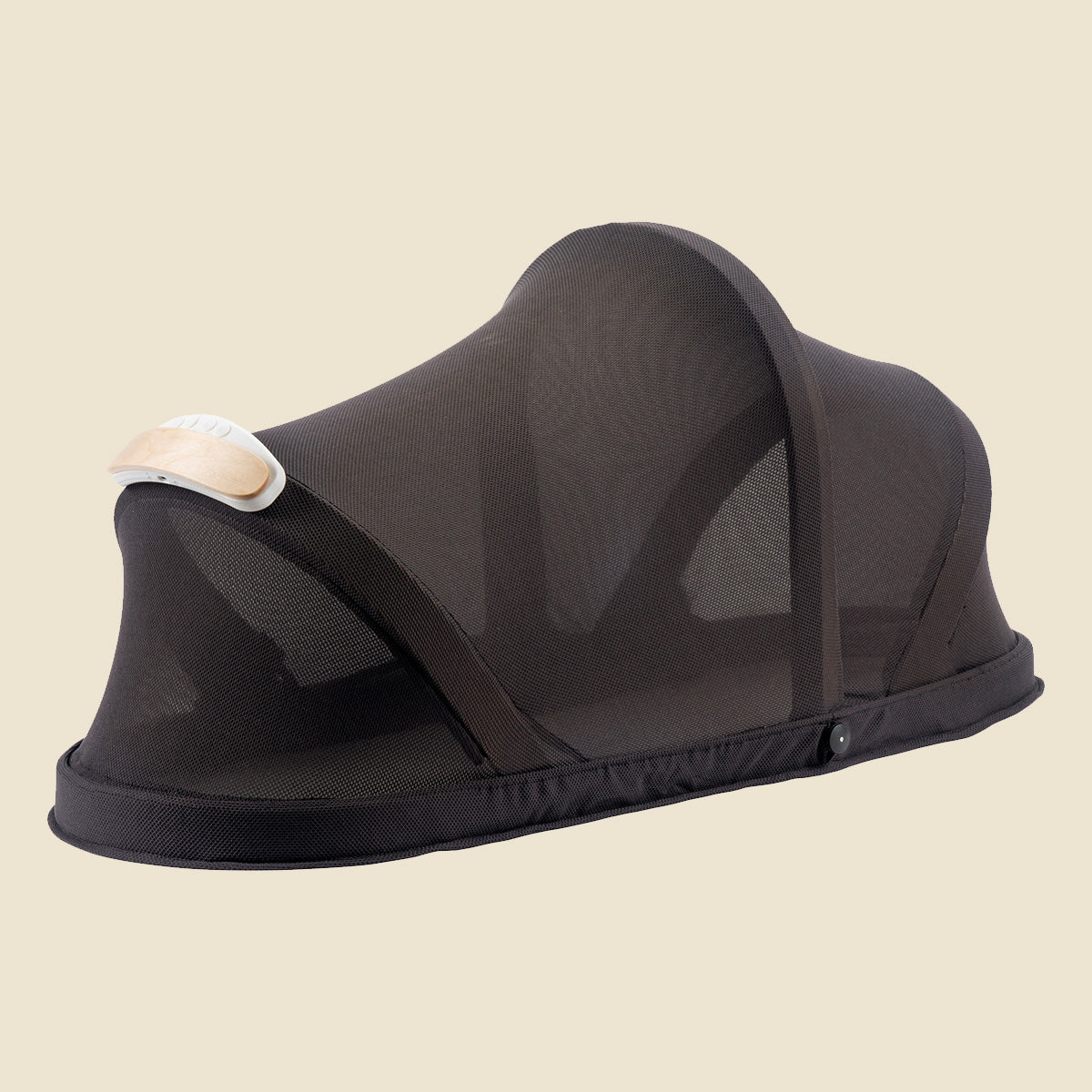Voor je baby is het fijn als zijn slaapplek herkenbaar is en er niet te veel prikkels zijn. Dat voelt vertrouwd en zo valt hij makkelijker in slaap. Toch kan het voor jou als ouder ook handig zijn om je baby in de box te laten slapen.
In deze blog zetten we de voor- en nadelen van slapen in de box voor je op een rij.
Voordelen van slapen in de box
-
Gemakkelijke toegang en toezicht. De box staat vaak in de woonkamer of een andere centrale ruimte in huis. Dit maakt het makkelijker om je baby in de gaten te houden terwijl je je dagelijkse taken uitvoert. Je kunt snel reageren op de behoeften van je baby, zonder dat je steeds naar boven hoeft te lopen
-
Handig voor korte dutjes. Als je kleintje vaak wakker wordt, kan het handig zijn om in de buurt te zijn. Je hoeft niet telkens naar de slaapkamer te gaan om je baby te troosten. Voor de korte termijn is dit een handige oplossing, maar voor de lange termijn heeft dit vaak een averechts effect omdat je zo in een vicieuze circel komt van korte dutjes, oververmoeidheid en onrustiger slapen.
- Handig als je zelf nog niet mobiel bent. Na de bevalling heb je vaak zelf nog beperkingen, zeker als je een keizersnede hebt gehad of last hebt van bekkeninstabiliteit. Dan is steeds de trap opgaan niet fijn voor je zelf.
Nadelen van slapen in de box
-
Verstoorde rust en regelmaat. Een box staat vaak in een ruimte waar meer activiteit en geluid is, zoals de woonkamer. Dit kan de slaap van je baby verstoren en kan het moeilijker maken om een consistente slaaproutine aan te houden. Rust en regelmaat zijn cruciaal voor de ontwikkeling van een gezond slaappatroon.
-
Moeilijker in slaap vallen en doorslapen. Als je baby op veel verschillende plekken slaapt, slijten gewoontes niet goed in. Zijn eigen bedje is dan niet zijn vertrouwde slaapplek. Het 'loslaten' en zich overgeven aan de slaap wordt lastiger en ook als hij even wakker wordt, zal het moeilijker zijn om weer door te slapen.
-
Mogelijk problemen op de langere termijn. Misschien lijkt het de eerste weken nog goed te gaan in de box, maar het evenwicht is wankel omdat er geen routine is. Bij een sprongetje of slaapregressie kun je dan niet terugvallen op een goede basis en wordt het slapen onrustig.
Hoe de PIKO helpt
Hoewel het dus soms handig is om je baby in de box te laten slapen, is het lastiger om zo een goede slaapbasis op te bouwen.
De PIKO biedt hier de uitkomst: met de PIKO ligt je kleintje in de box dicht bij jou en tegelijkertijd ook in zijn eigen vertrouwde slaapplekje. Zo kun je nóg meer van je kindje genieten en biedt je je kleintje precies dat wat hij nodig heeft om een gezonde slaapbasis op te bouwen.
Wil je meer informatie over de PIKO, bekijk dan onze - speciaal door slaapcoaches ontwikkelde - PIKO sleeper.





